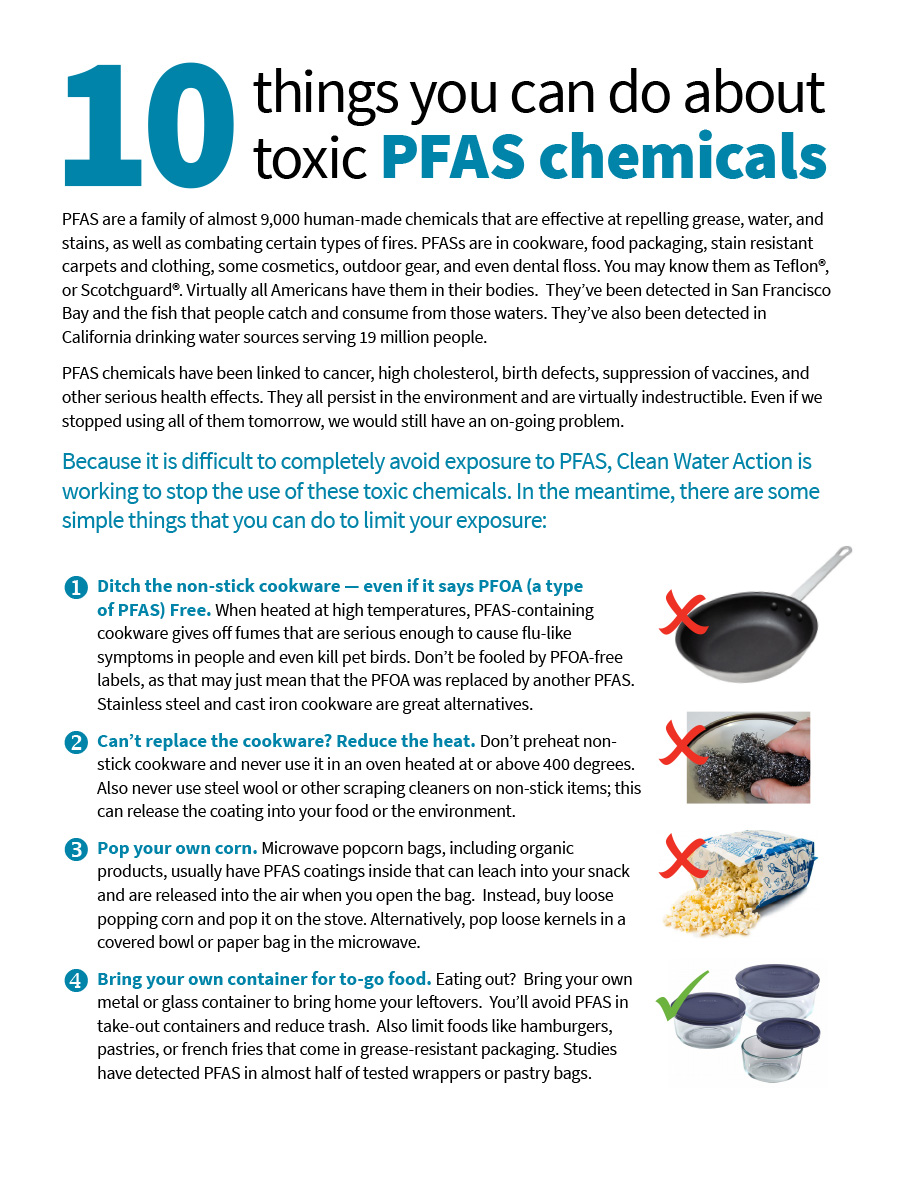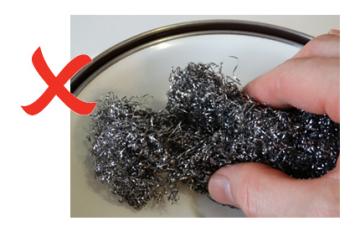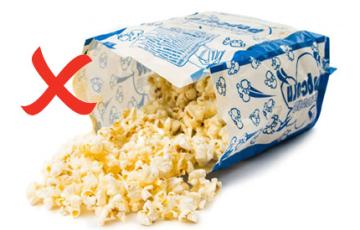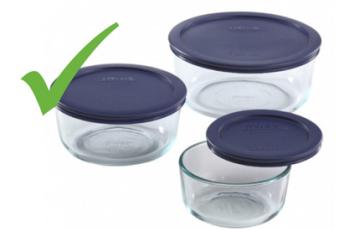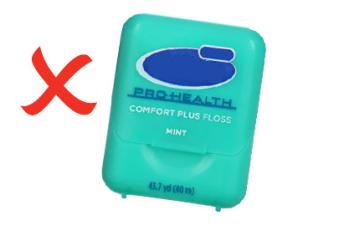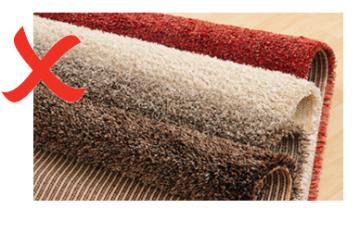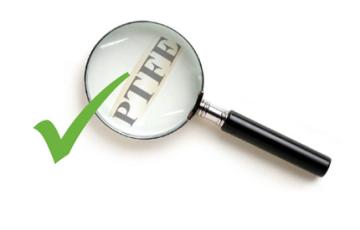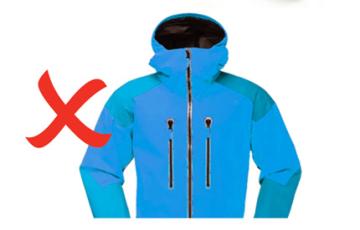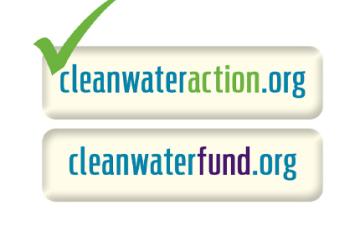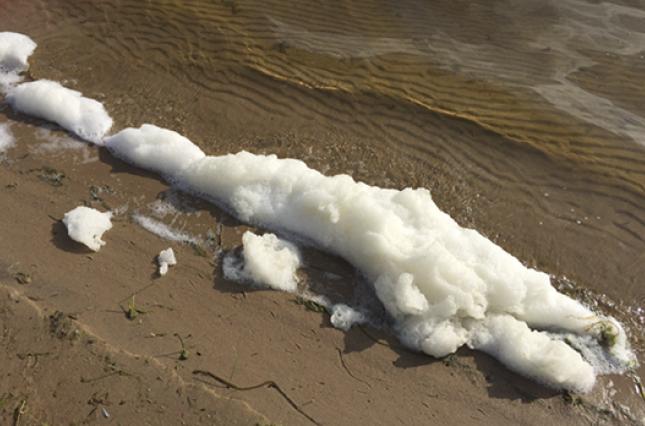PFAS are a family of approximately 9,000 human-made chemicals that are effective at repelling grease, water, and stains, as well as combating certain types of fires. PFASs are in cookware, food packaging, stain resistant carpets and clothing, some cosmetics, outdoor gear, and even dental floss. You may know them as Teflon®, or Scotchguard®.
Virtually all Americans have them in their bodies, and they’ve been detected in 455 California drinking water sources thus far.
Fact sheet: 10 Things You Can Do About Toxic PFAS Chemicals (pdf)
Early PFAS chemicals, known as PFOS and PFOA, are linked to cancer, high cholesterol, birth defects, suppression of vaccines, and other serious health effects. While these two chemicals are being phased out, they remain in water supplies, soil, food, and air.
According to independent scientists, newer versions of PFAS are toxic and equally persistent in the environment. Because PFAS chemicals are virtually indestructible, even if we stopped using all of them tomorrow, we would still have an on-going problem.
Because it is difficult to completely avoid exposure to PFAS, Clean Water Action is working to stop the use of these toxic chemicals. In the meantime, there are some simple things that you can do to limit your exposure.
1) Ditch the non-stick cookware—even if it says PFOA (a type of PFAS) Free.
When heated at high temperatures, PFAS-containing cookware gives off fumes that are serious enough to cause flu-like symptoms in people and even kill pet birds. Don’t be fooled by PFOA- free labels, as that may just mean that the PFOA was replaced by another PFAS. Stainless steel and cast iron cookware are great alternatives.
2) Can’t replace the cookware? Reduce the heat.
Don’t preheat non-stick cookware and never use it in an oven heated at or above 400 degrees. Also never use steel wool or other scraping cleaners on non-stick items; this can release the coating into your food or the environment.
3) Pop your own corn.
Microwave popcorn bags, including organic products, usually have PFAS coatings inside that can leach into your snack and are released into the air when you open the bag. Instead, buy loose popping corn and pop it on the stove. Alternatively, pop loose kernels in a covered bowl or paper bag in the microwave.
4) Bring your own container for to-go food.
Eating out? Bring your own metal or glass container to bring home your leftovers. You’ll avoid PFAS in take-out containers and reduce trash. Also limit foods like hamburgers, pastries, or french fries that come in grease-resistant packaging. Studies have detected PFAS in almost half of tested wrappers or pastry bags.
5) Reject PFAS-coated dental floss.
Some dental flosses contain PFAS and can be a significant exposure route. Tests indicate that the following brands in particular may have PFAS: CVS Health EaseBetween SuperSlip Dental Floss Waxed, Oral-B Glide Pro-Health Mint and Glide Pro-Health Original, Crest Glide Deep Clean Cool Mint Floss, Safeway Signature Care Mint Waxed Comfort Floss, and Colgate Total Dental Floss Mint. Best to google for “PFAS-free” before you shop.
6) Ask for untreated carpet.
Options for non-treated carpet in the residential market are limited, but asking for a PFAS-free alternative will help signal demand for safer options.
7) Avoid stain-resistant coatings.
Preventing stains with Scotchguard sprays or other PFAS containing coatings is not worth the risk. When buying furniture, consider polyester or plastic-based fabrics that are already stain resistant or easy to clean and choose darker colors. When cleaning fabrics, try vacuuming instead of dry cleaning.
8) Read the label.
Avoid products, including cosmetics, varnishes, and household items, that have PTFE or “perfluor” in the ingredient list.
9) Demand non-PFAS clothing and sports gear.
PFAS contaminate the environment, so using them outdoors doesn’t make sense. Some companies are currently trying to reformulate their products without PFAS. In the meantime, try to avoid products and fabrics with a Scotchguard or Goretex coating.
10) Support Clean Water Action.
We are working with water regulators to expand monitoring of drinking water for PFAS, and with the legislature on initiatives to reduce the use of PFAS in products and industries. Your support will help us be successful.
Keep an eye out for action alerts and check our website for ways you can help! For more information on our work tackling PFAS pollution in California, contact Andria Ventura, California Legislative & Policy Director. For more information on PFAS nationally, click here.
Download Fact sheet: 10 Things You Can Do About Toxic PFAS Chemicals (pdf)
